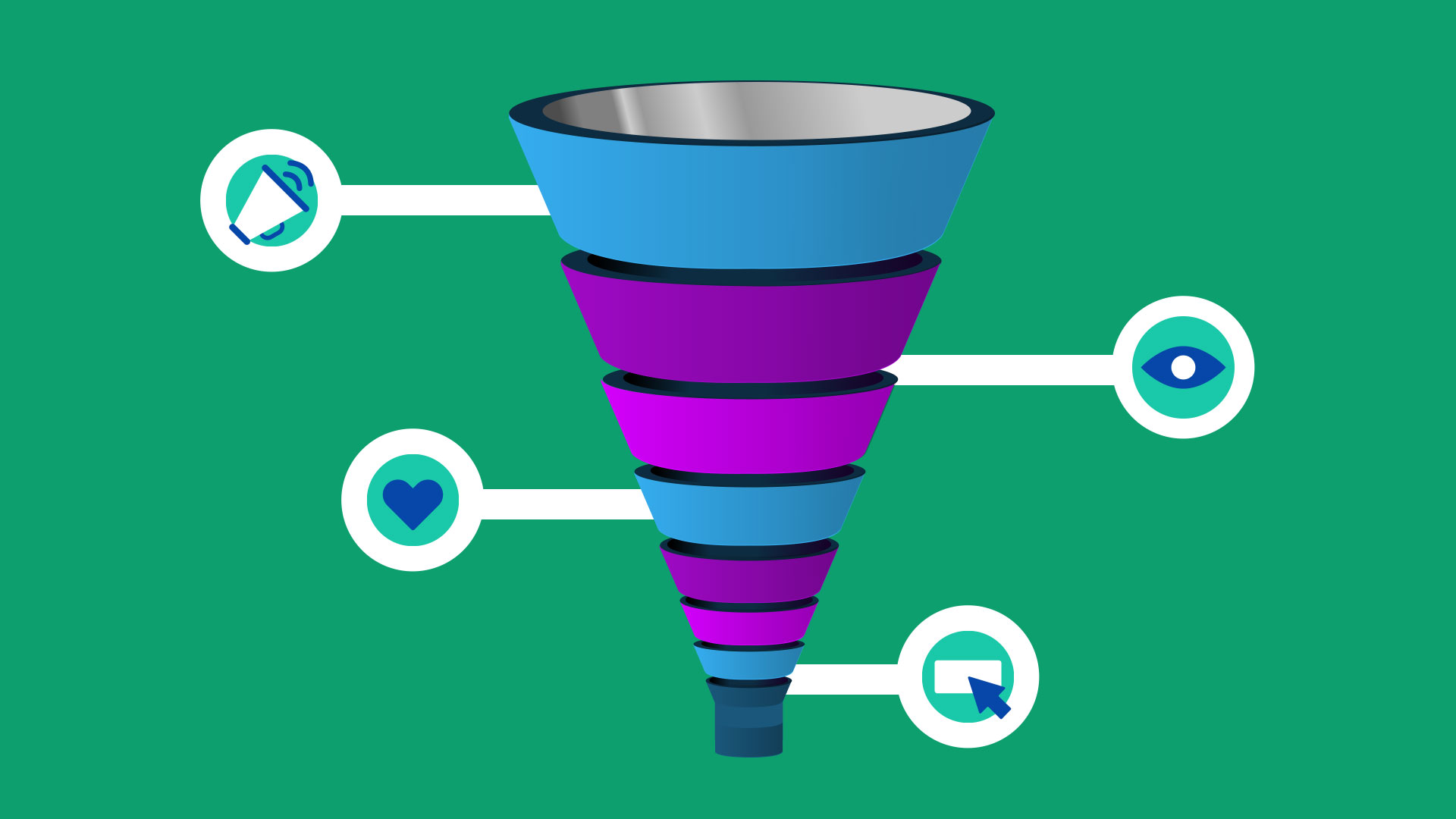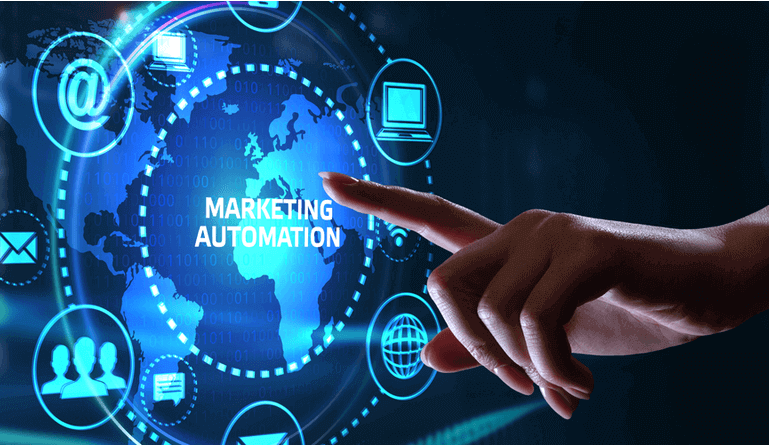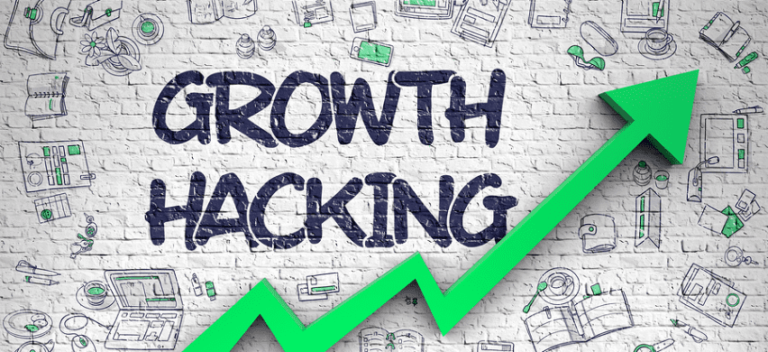What Is a Sales Funnel? The Complete Guide for 2025
In today’s digital landscape, understanding and optimizing your sales funnel isn’t just a marketing strategy—it’s the backbone of sustainable business growth. While the fundamental concept of guiding prospects through a journey from awareness to purchase remains unchanged, the implementation, technology, and customer expectations within sales funnels have evolved dramatically in 2025.
This comprehensive guide explains what sales funnels are, how they’ve evolved, and how to build and optimize them for today’s sophisticated digital consumers.
What Exactly Is a Sales Funnel?
A sales funnel is a visual representation of the customer journey from initial awareness of your product or service through to purchase and beyond. The funnel metaphor represents how a large number of potential customers at the top (awareness stage) gradually narrows as they move through the decision-making process, with a smaller number completing a purchase at the bottom.
Key Characteristics of Modern Sales Funnels:
- Multi-channel integration: Today’s funnels span various platforms and touchpoints
- Personalization: Different paths for different customer segments
- Non-linear reality: Recognition that customers may move back and forth between stages
- Automation with human touch: Balancing efficiency with authentic connection
- Extended scope: Including post-purchase stages for retention and advocacy
The Evolution of Sales Funnels: From AIDA to Modern Models
Sales funnel models have evolved considerably over time:
Traditional AIDA Model (1898)
- Awareness: Prospect becomes aware of your product/service
- Interest: Prospect shows interest by seeking more information
- Desire: Prospect develops a favorable impression and wants your solution
- Action: Prospect makes a purchase decision
Modern 2025 Expanded Funnel Model
- Discovery: Initial exposure to your brand across multiple channels
- Consideration: Active research and comparison phase
- Evaluation: Deep assessment of options and alternatives
- Decision: The purchase moment itself
- Onboarding: Initial product or service experience
- Retention: Ongoing value delivery and relationship building
- Advocacy: Customer promotion and referrals
Sales Funnel Stages in Detail
Let’s explore each stage of the modern sales funnel, along with effective strategies for each:
1. Discovery Stage (Top of Funnel)
At this stage, potential customers are becoming aware of both their problems and your potential solutions.
Characteristics:
- Broad audience with varying levels of problem awareness
- Low commitment interactions
- Educational focus over promotional content
Effective Strategies:
- Content Marketing: Create valuable, educational content addressing common pain points
- Search Engine Optimization: Target informational keywords related to problems you solve
- Social Media Awareness: Share thought leadership and relatable content
- Podcasts and Video Content: Build awareness through accessible, engaging formats
- Paid Discovery Campaigns: Target lookalike audiences based on your best customers
Metrics to Track:
- Content engagement rates
- New website visitors
- Social media reach and engagement
- Video view counts and retention rates
- Top of funnel conversion rates (to consideration)
Implementation Example: A cybersecurity company creates educational content about emerging threats, industry statistics, and basic security concepts—focusing on building awareness rather than promoting specific solutions.
2. Consideration Stage (Middle of Funnel)
At this stage, prospects understand their problems and are actively researching potential solutions.
Characteristics:
- More defined audience with clear problem awareness
- Medium commitment interactions
- Comparison of different solutions
- Information gathering behavior
Effective Strategies:
- Targeted Lead Magnets: Provide value-rich resources in exchange for contact information
- Email Nurture Sequences: Deliver progressive information based on specific interests
- Comparison Content: Show how your solution addresses needs vs. alternatives
- Case Studies: Demonstrate real-world applications and results
- Webinars and Demonstrations: Showcase capabilities while building relationship
Metrics to Track:
- Email open and click rates
- Content download rates
- Webinar registrations and attendance
- Time spent on comparison pages
- Return visitor rates
Implementation Example: An HR software company offers an “Employee Onboarding Cost Calculator” that helps prospects quantify their current inefficiencies, followed by automated email sequences with case studies relevant to their industry and company size.
3. Evaluation Stage (Middle-Bottom of Funnel)
At this stage, prospects are seriously considering your solution and determining if it’s the right fit.
Characteristics:
- Highly qualified prospects
- Higher commitment interactions
- Specific questions and objections
- Strong intent signals
Effective Strategies:
- Personalized Demos: Tailored presentations addressing specific needs
- Free Trials/Samples: Hands-on experience with your product
- Consultative Sales Calls: Focus on understanding and addressing unique needs
- Testimonials and Social Proof: Build confidence with relevant success stories
- Objection-Addressing Content: Proactively handle common concerns
Metrics to Track:
- Demo request rates
- Trial signups and engagement
- Sales call scheduling rates
- Feature/benefit page engagement
- Specific objection page views
Implementation Example: A SaaS platform offers “Success Path” demos tailored to different industries, along with industry-specific case studies and ROI calculators to address financial objections.
4. Decision Stage (Bottom of Funnel)
At this stage, prospects are ready to purchase and need final convincing or removal of last-minute barriers.
Characteristics:
- Ready-to-buy prospects
- Final objections or hesitations
- Price and terms consideration
- Implementation concerns
Effective Strategies:
- Risk Reversal: Money-back guarantees or free cancellation periods
- Limited-Time Incentives: Appropriate urgency-driving offers
- Frictionless Purchasing: Simplified checkout processes
- Clear Next Steps: Transparent onboarding procedures
- Immediate Value: Fast implementation or quick-start guides
Metrics to Track:
- Conversion rates
- Cart abandonment rates
- Time to decision
- Value of closed deals
- Objection overcome rates
Implementation Example: An e-learning platform offers a 14-day risk-free trial, transparent implementation timeline, and first-month discount to overcome final purchase hesitations.
5. Onboarding Stage (Post-Purchase)
Often overlooked but critical for retention, this stage ensures customers successfully implement and gain initial value from their purchase.
Characteristics:
- New customers
- Implementation focus
- Value realization
- Potential buyer’s remorse
**// filepath: /home/mftira/Desktop/Empire/Websites/Marketing Empire/_posts/2025-03-16-what-is-a-sales-funnel.md
layout: post title: “What Is a Sales Funnel? The Complete Guide for 2025” date: 2025-03-16 description: “Learn everything about modern sales funnels in 2025: definition, stages, building strategies, optimization techniques, and examples across different business models.” image: /assets/images/posts/sales-funnel.jpg tags: [Sales Funnels, Conversion Optimization, Digital Marketing, Customer Journey, Lead Nurturing] —
What Is a Sales Funnel? The Complete Guide for 2025
In today’s digital landscape, understanding and optimizing your sales funnel isn’t just a marketing strategy—it’s the backbone of sustainable business growth. While the fundamental concept of guiding prospects through a journey from awareness to purchase remains unchanged, the implementation, technology, and customer expectations within sales funnels have evolved dramatically in 2025.
This comprehensive guide explains what sales funnels are, how they’ve evolved, and how to build and optimize them for today’s sophisticated digital consumers.
What Exactly Is a Sales Funnel?
A sales funnel is a visual representation of the customer journey from initial awareness of your product or service through to purchase and beyond. The funnel metaphor represents how a large number of potential customers at the top (awareness stage) gradually narrows as they move through the decision-making process, with a smaller number completing a purchase at the bottom.
Key Characteristics of Modern Sales Funnels:
- Multi-channel integration: Today’s funnels span various platforms and touchpoints
- Personalization: Different paths for different customer segments
- Non-linear reality: Recognition that customers may move back and forth between stages
- Automation with human touch: Balancing efficiency with authentic connection
- Extended scope: Including post-purchase stages for retention and advocacy
The Evolution of Sales Funnels: From AIDA to Modern Models
Sales funnel models have evolved considerably over time:
Traditional AIDA Model (1898)
- Awareness: Prospect becomes aware of your product/service
- Interest: Prospect shows interest by seeking more information
- Desire: Prospect develops a favorable impression and wants your solution
- Action: Prospect makes a purchase decision
Modern 2025 Expanded Funnel Model
- Discovery: Initial exposure to your brand across multiple channels
- Consideration: Active research and comparison phase
- Evaluation: Deep assessment of options and alternatives
- Decision: The purchase moment itself
- Onboarding: Initial product or service experience
- Retention: Ongoing value delivery and relationship building
- Advocacy: Customer promotion and referrals
Sales Funnel Stages in Detail
Let’s explore each stage of the modern sales funnel, along with effective strategies for each:
1. Discovery Stage (Top of Funnel)
At this stage, potential customers are becoming aware of both their problems and your potential solutions.
Characteristics:
- Broad audience with varying levels of problem awareness
- Low commitment interactions
- Educational focus over promotional content
Effective Strategies:
- Content Marketing: Create valuable, educational content addressing common pain points
- Search Engine Optimization: Target informational keywords related to problems you solve
- Social Media Awareness: Share thought leadership and relatable content
- Podcasts and Video Content: Build awareness through accessible, engaging formats
- Paid Discovery Campaigns: Target lookalike audiences based on your best customers
Metrics to Track:
- Content engagement rates
- New website visitors
- Social media reach and engagement
- Video view counts and retention rates
- Top of funnel conversion rates (to consideration)
Implementation Example: A cybersecurity company creates educational content about emerging threats, industry statistics, and basic security concepts—focusing on building awareness rather than promoting specific solutions.
2. Consideration Stage (Middle of Funnel)
At this stage, prospects understand their problems and are actively researching potential solutions.
Characteristics:
- More defined audience with clear problem awareness
- Medium commitment interactions
- Comparison of different solutions
- Information gathering behavior
Effective Strategies:
- Targeted Lead Magnets: Provide value-rich resources in exchange for contact information
- Email Nurture Sequences: Deliver progressive information based on specific interests
- Comparison Content: Show how your solution addresses needs vs. alternatives
- Case Studies: Demonstrate real-world applications and results
- Webinars and Demonstrations: Showcase capabilities while building relationship
Metrics to Track:
- Email open and click rates
- Content download rates
- Webinar registrations and attendance
- Time spent on comparison pages
- Return visitor rates
Implementation Example: An HR software company offers an “Employee Onboarding Cost Calculator” that helps prospects quantify their current inefficiencies, followed by automated email sequences with case studies relevant to their industry and company size.
3. Evaluation Stage (Middle-Bottom of Funnel)
At this stage, prospects are seriously considering your solution and determining if it’s the right fit.
Characteristics:
- Highly qualified prospects
- Higher commitment interactions
- Specific questions and objections
- Strong intent signals
Effective Strategies:
- Personalized Demos: Tailored presentations addressing specific needs
- Free Trials/Samples: Hands-on experience with your product
- Consultative Sales Calls: Focus on understanding and addressing unique needs
- Testimonials and Social Proof: Build confidence with relevant success stories
- Objection-Addressing Content: Proactively handle common concerns
Metrics to Track:
- Demo request rates
- Trial signups and engagement
- Sales call scheduling rates
- Feature/benefit page engagement
- Specific objection page views
Implementation Example: A SaaS platform offers “Success Path” demos tailored to different industries, along with industry-specific case studies and ROI calculators to address financial objections.
4. Decision Stage (Bottom of Funnel)
At this stage, prospects are ready to purchase and need final convincing or removal of last-minute barriers.
Characteristics:
- Ready-to-buy prospects
- Final objections or hesitations
- Price and terms consideration
- Implementation concerns
Effective Strategies:
- Risk Reversal: Money-back guarantees or free cancellation periods
- Limited-Time Incentives: Appropriate urgency-driving offers
- Frictionless Purchasing: Simplified checkout processes
- Clear Next Steps: Transparent onboarding procedures
- Immediate Value: Fast implementation or quick-start guides
Metrics to Track:
- Conversion rates
- Cart abandonment rates
- Time to decision
- Value of closed deals
- Objection overcome rates
Implementation Example: An e-learning platform offers a 14-day risk-free trial, transparent implementation timeline, and first-month discount to overcome final purchase hesitations.
5. Onboarding Stage (Post-Purchase)
Often overlooked but critical for retention, this stage ensures customers successfully implement and gain initial value from their purchase.
Characteristics:
- New customers
- Implementation focus
- Value realization
- Potential buyer’s remorse
**




